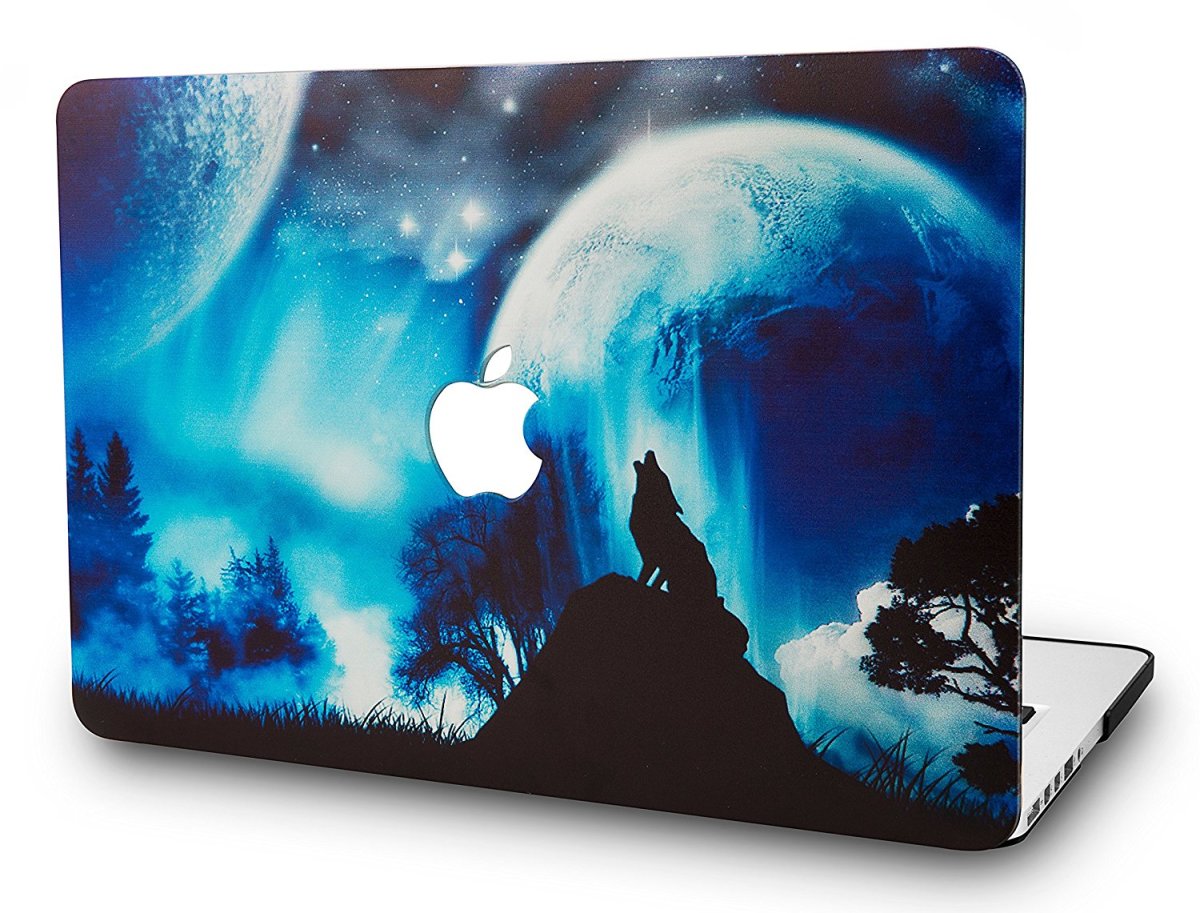

The 2-Port has one fan, the 4-port has two fans. Higher TDP CPUs require more cooling, and there’s a difference in the MacBook Pros there. The specifics of TDP are complicated, but what you need to know is the higher the TDP, the more work the CPU can do. Turbo Boost allows CPUs to operate above TDP for a short time, as long as the temperatures are low enough, and the cooler can handle the extra heat. This doesn’t take into account Turbo Boost, however. The 2-port model runs at 1.4 GHz, and uses a lower TDP of 15W. The CPU in the base 2020 4-port model is guaranteed to run at 2.0 GHz at Apple’s requested TDP, which is 28W. Thermal Design Power isn’t strictly the maximum power draw, it’s the minimum capacity of CPU cooler required to get a guaranteed level of performance. Twoīeyond the generational and graphics differences, the Intel CPUs in the 2-port and 4-port operate at different thermal design power (TDP). Like all benchmarks and quoted performance improvements, it depends on what you are doing. A 3D render in Final Cut should be around 60 percent faster, and image processing in Affinity Photo is 25 percent faster, according to Apple. You won’t see that 80% bump in every task. Apple quotes up to 80% better performance. Compared to the 2019 with the i5-8279U, the 2020 model should give a modest CPU uplift (~15% single core and 5% multi core), but the biggest difference is in graphics. The 4-port model features the i5-1038NG7. The 20 2-port models should offer the same performance. The 2020 2-port features the same 8th-gen i5-8257U that the 2019 2-port had. The 8th-gen are 14nm, slightly slower, and less power-efficient. Intel’s 10th-gen CPUs are made on the more-efficient 10nm process. The 4-port is the real 13-inch MacBook Pro, the 2-port is the MacBook Pro Lite.īesides the port counts and the prices, the biggest difference between the two models is CPU and GPU performance. For simplicity, I am going to refer to the 2-port model, or the 4-port model. They roll right off the tongue, don’t they? Apple’s naming and branding are weird sometimes. The official names are MacBook Pro 13-inch (2 Thunderbolt 3 ports) and MacBook Pro 13-inch (4 Thunderbolt 3 ports). In my view, they are different enough to deserve different names. The low-end models are closer in base price to the $999 MacBook Air than to the high-end 13-inch MacBook Pro. The high-end models start at $1799 and have received a boost to 10th-generation “Ice Lake” Intel processors. The low-end laptops start at $1299 and are powered by 8th-generation Intel processors.

There’s a big difference between the two models, one that’s been heightened with this set of updates. Originally the lower-end model didn’t have a Touch Bar, but Apple added it to the low-end model last year. Since 2016, there have really been two different laptops living under the name “13-inch MacBook Pro.” There’s a lower-end model with two Thunderbolt 3 ports (on the left side), and a higher-end model with four ports (two on either side). Jason Snell at Six Colors sums it up perfectly: The 10th-gen Air has better graphics performance though, due to the improvements in Intel’s 10th-gen integrated graphics. The MacBook Pro has better cooling, and a more powerful class of processor. That’s why the 8th-gen 15W 2-port MacBook Pro outperforms the 10th-gen 10W MacBook Air, for example. Things improve with Intel’s CPU generations too, but that usually has less impact than TDP. TL DR: There are different “classes” of MacBook, and you can sort them on their TDP. This is the 13-inch MacBook Pro you’ve been waiting for. We didn’t get the mythical 14-inch, and that’s OK.

#Macbook pro covers 13 inch reviews update#
The new 13-inch MacBook Pro is a big update in some ways, but a small one in others.


 0 kommentar(er)
0 kommentar(er)
